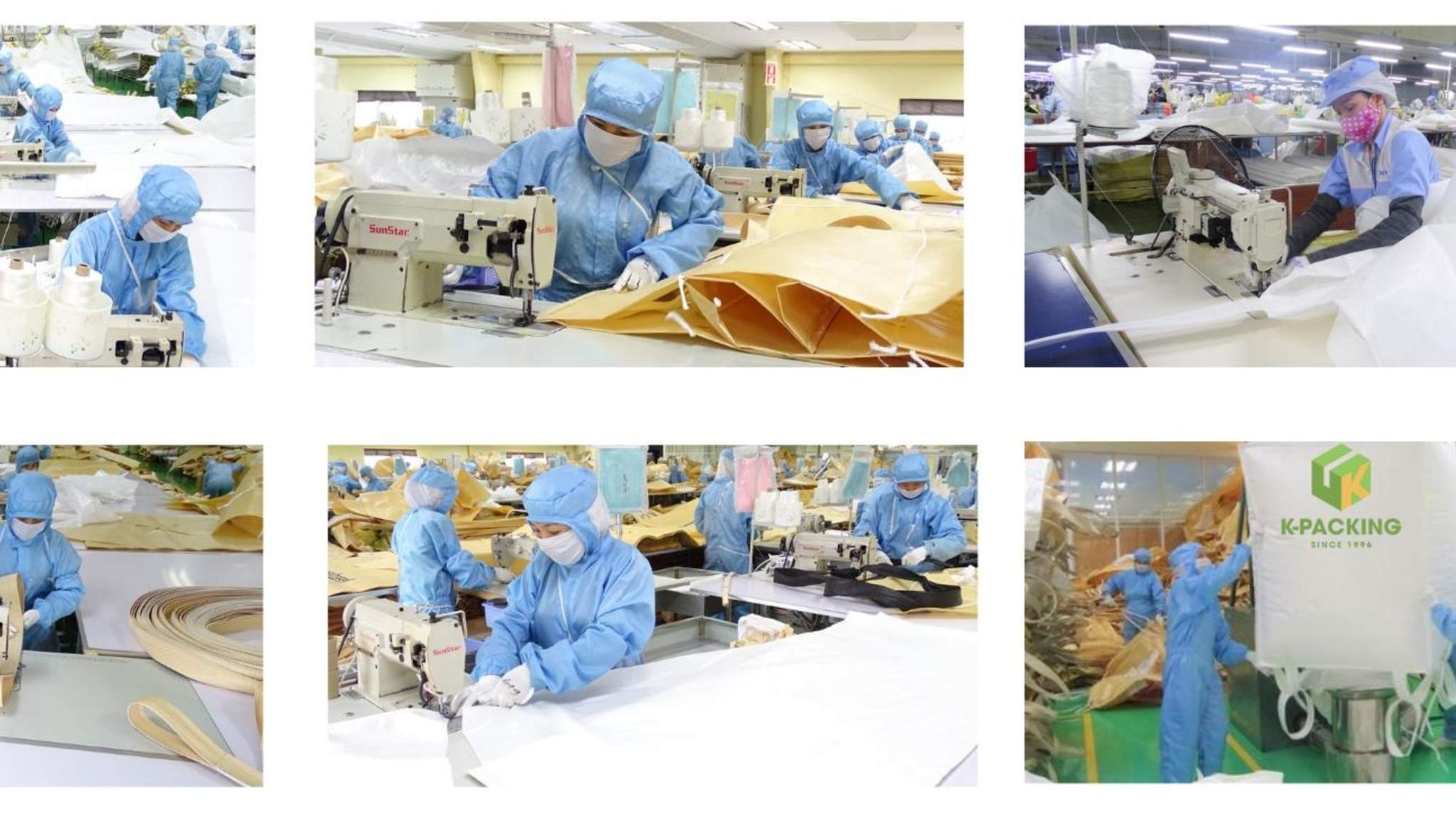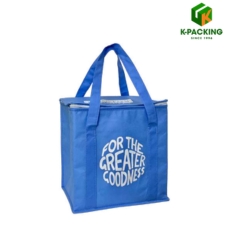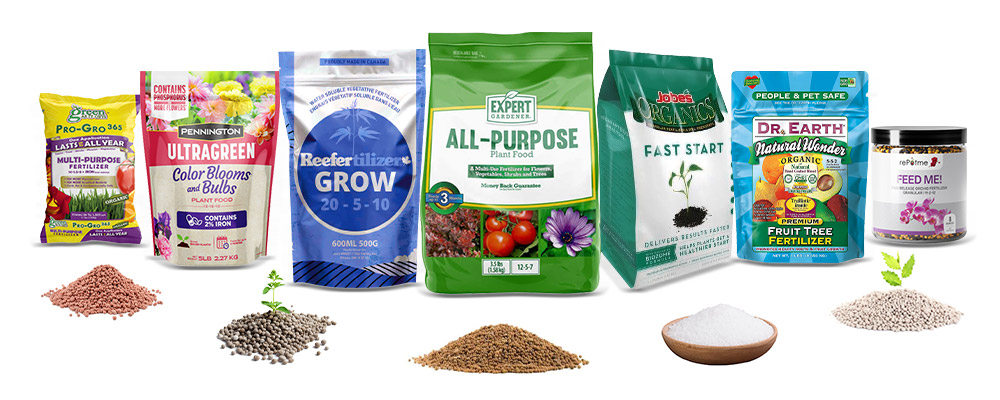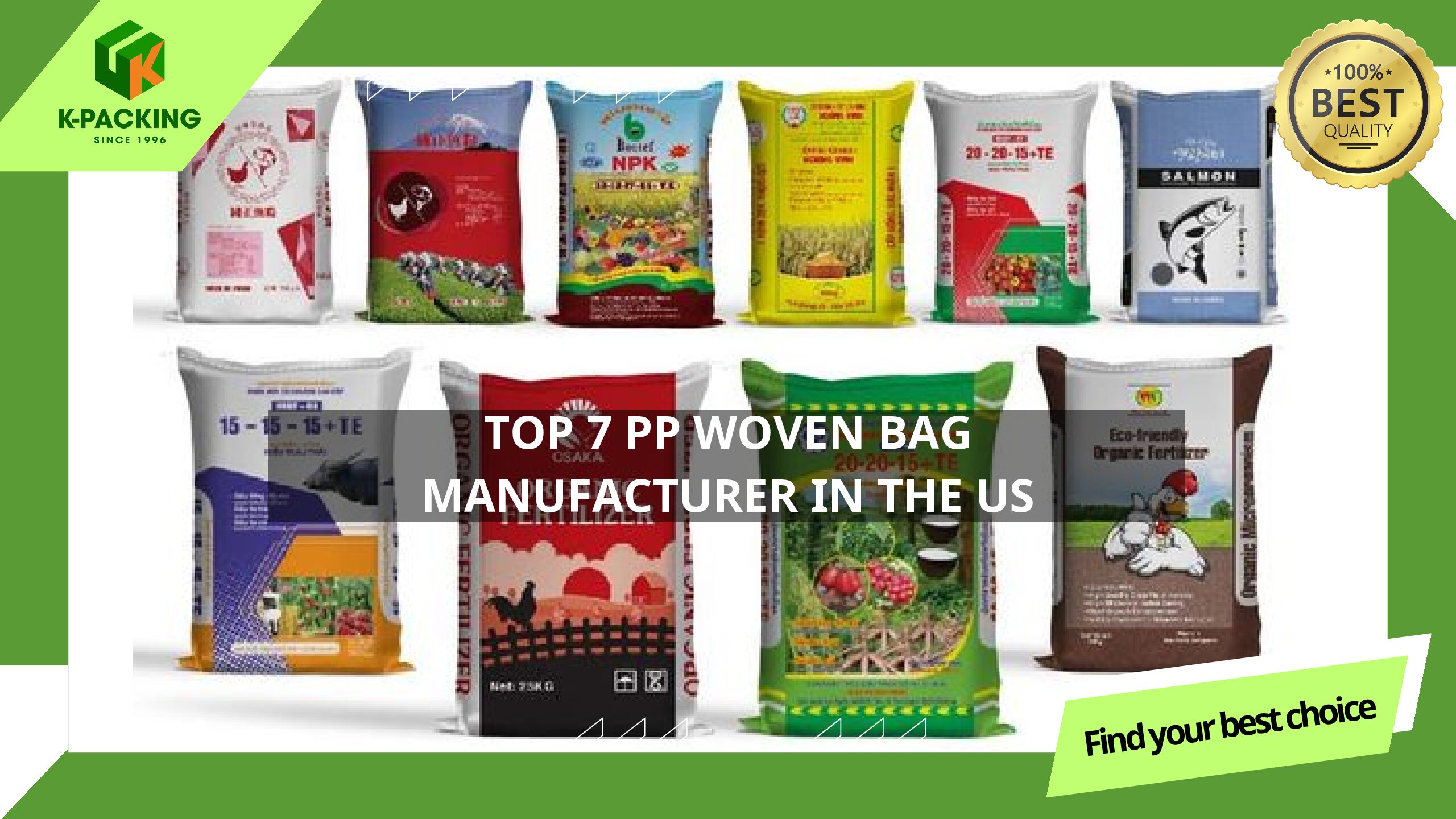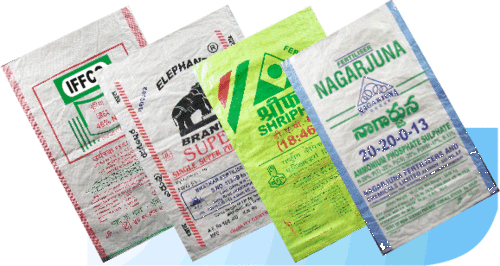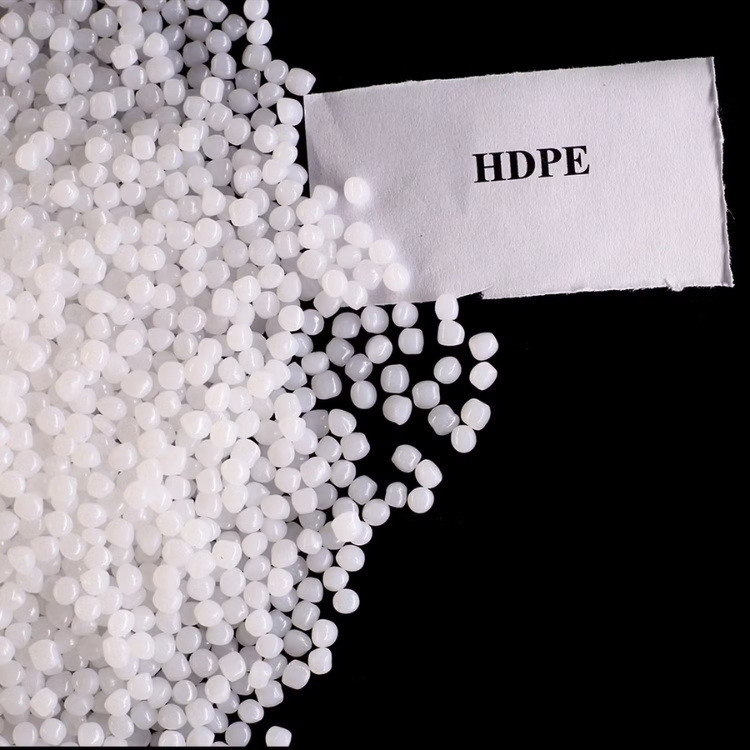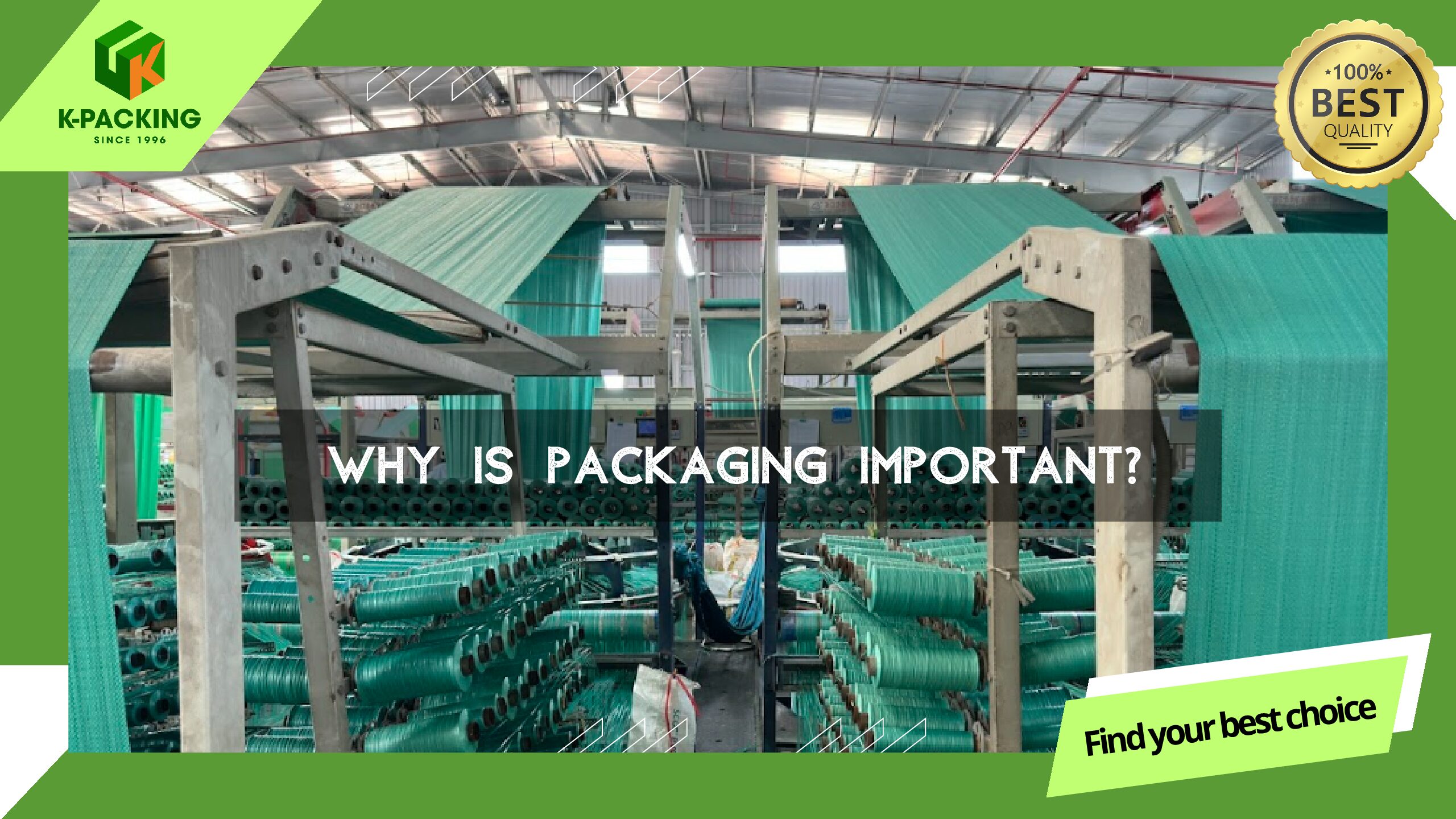In the catering industry, keeping food fresh, safe, and at the right temperature until it reaches the customer is essential. However, long delivery times and temperature changes can cause hot meals to cool down and fresh ingredients to spoil quickly. This not only reduces food quality but also affects customer experience and trust, both critical to maintaining a professional and reputable catering brand.
According to GloriaFood’s report on common restaurant complaints, one of the most frequent issues is food arriving cold or losing quality during delivery, highlighting the importance of proper temperature control in food service.
Cooler bags offer an effective solution for food preservation and transport. Built with multiple insulated layers, leak-proof linings, and airtight zippers, they can maintain stable temperatures, keeping cold meals between 2–8°C or warm dishes hot for several hours. As a result, catering businesses can deliver meals over longer distances while preserving their original quality, ensuring customer satisfaction and reinforcing brand credibility and professionalism.
Now, let’s explore how cooler bags help keep different types of catering food fresh and ready to serve.
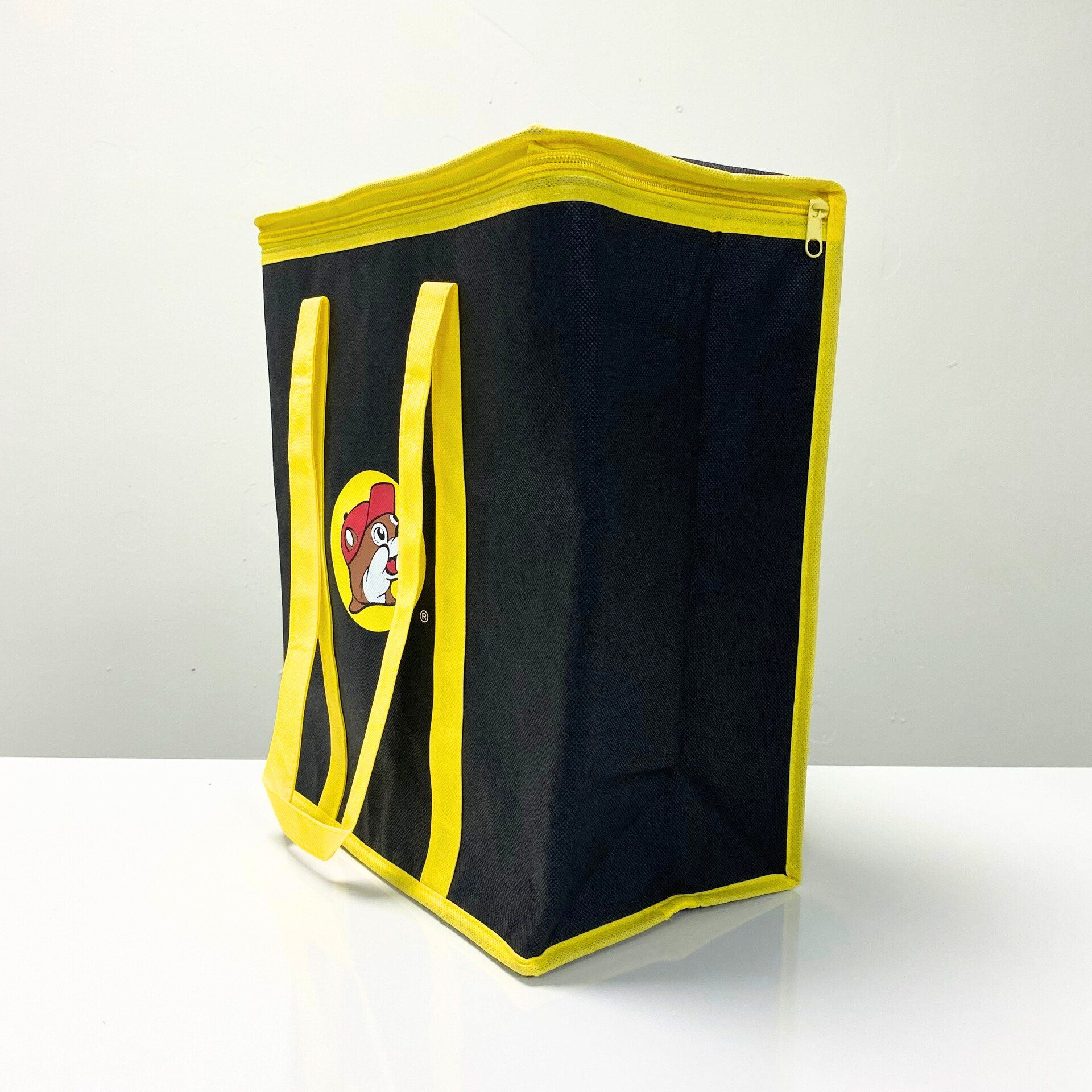
1. Keeping fresh ingredients and raw foods safe in cooler bags
To ensure that fresh ingredients and raw foods such as meat, seafood, eggs, milk, and vegetables stay fresh and safe when transported with cooler bags in the catering industry, it is essential to follow proper handling and temperature control techniques for each type of food.
1.1 Fresh meat (beef, pork, poultry)
Fresh meat should always be tightly sealed in containers or food-grade zip bags to prevent leakage and cross-contamination. It is best to place the meat into the cooler bag while still deeply chilled or frozen, using dry ice or ice gel packs to extend its freshness and cooling duration.
When arranging inside the bag, meat should be placed at the bottom to prevent juices from dripping onto other foods. Fresh meat should be used within 1–2 days and kept below 4°C (40°F). For longer storage or transport, add extra ice or gel packs and check the internal temperature regularly.

1.2 Fish and seafood
Fish, shrimp, crab, clams, and oysters should be packed separately, ideally in vacuum-sealed bags or tightly closed containers to reduce odor and oxidation. When loading the cooler bag, spread a layer of ice at the bottom, place the seafood on top, and then cover it with additional ice or gel packs.
Seafood is extremely temperature-sensitive and must be kept consistently below 4°C throughout transportation. It is recommended to label each batch with the delivery date and apply the FIFO (First In – First Out) principle to ensure maximum freshness and minimize waste.
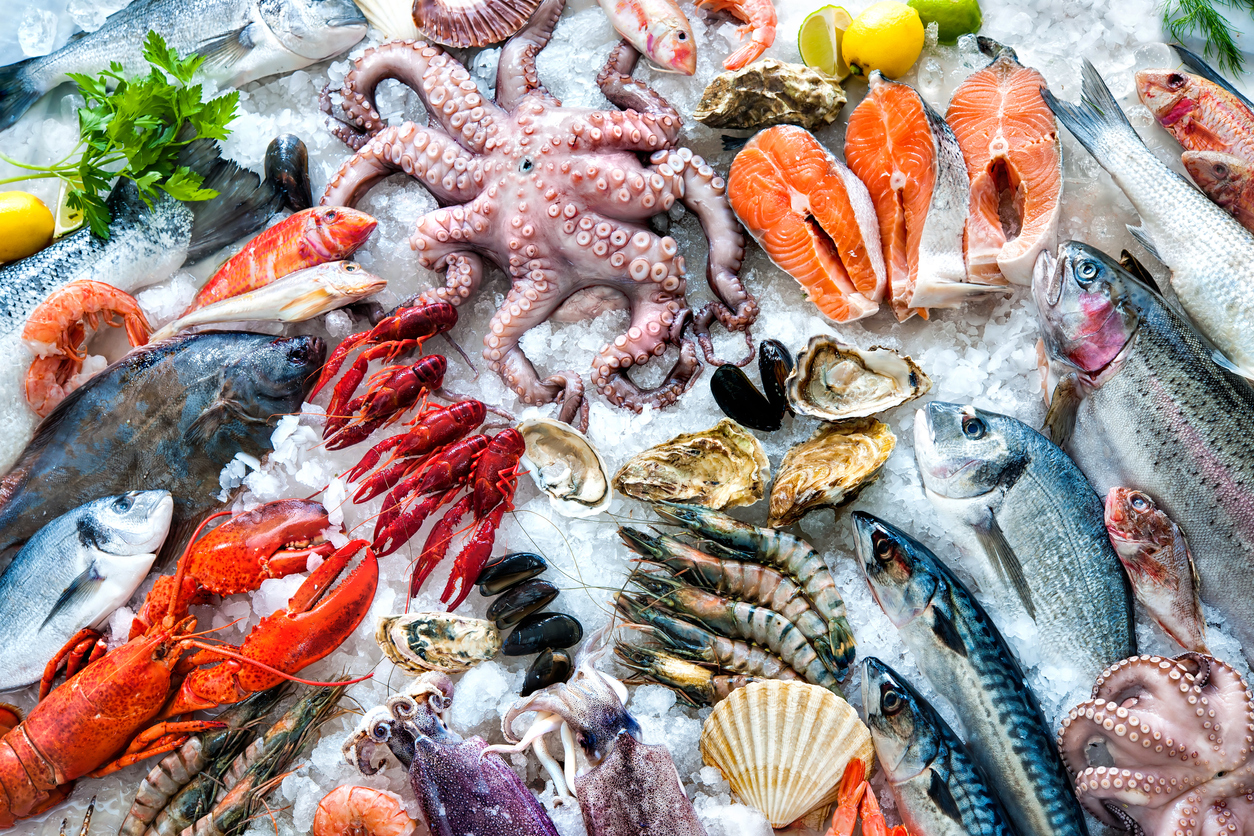
1.3 Eggs and dairy products
Eggs and dairy products should be stored in closed containers or glass jars to avoid breakage and prevent odor absorption from other foods. They should not be placed near raw meat or seafood to reduce the risk of cross-contamination. Adding several gel packs around the containers helps maintain stable temperatures inside the cooler bag.
Eggs should ideally be consumed within 3–4 days, while milk should be used within 1–2 days if not frozen. In hot weather or during long-distance deliveries, temperature checks are recommended to ensure that food stays below 4°C for safety.

1.4 Fresh vegetables and fruits
Vegetables and fruits should remain dry and unwashed before storage, as excess moisture can accelerate spoilage. They should be packed in separate zip bags or plastic boxes to prevent water or melted ice from seeping in.
When arranging, delicate greens such as lettuce and herbs should be placed on top to avoid crushing. The ideal storage temperature for fresh produce is between 4–8°C; exposure to lower (freezing) temperatures may cause wilting, discoloration, or loss of nutrients.

General guidelines for using Cooler Bags
Before loading, pre-chill the cooler bag to improve insulation performance. The amount of ice or gel packs should be roughly twice the volume of the stored food to maintain consistent cold temperatures. Keep the bag tightly closed and minimize opening it frequently to prevent cold air loss.
After each use, wash the cooler bag with warm water mixed with vinegar to disinfect and remove odors. Most importantly, avoid keeping food outside refrigeration for more than two hours in environments above 25°C (77°F). If this time limit is exceeded, the food should be discarded to ensure safety.
2. How to keep cooked food warm with Cooler Bags
Cooler bags are a simple and effective way to keep cooked food hot and tasty during catering deliveries. Each type of dish needs a slightly different way to pack and store it to stay warm and safe. The guide below explains how to handle each type properly.
2.1 Main dishes: Rice, pasta, noodles, porridge
Put main dishes in sealed, heat-proof containers, such as PP plastic bags or stainless steel boxes. Wrap each box in a thin towel or aluminum foil to keep the heat inside and prevent the food from drying out.
Place these containers at the bottom of the cooler bag, especially if you use heat packs or a small heating pad underneath. These extra heat sources help keep the temperature stable during delivery.

2.2 Grilled, roasted, and fried dishes
Pack grilled or fried dishes in closed containers and wrap them in foil to keep the heat and flavor inside. Try to fill the cooler bag completely so the boxes stay close together – this reduces air gaps and keeps the heat longer.
For fried foods, use vented containers that allow steam to escape. This prevents the food from getting soggy and helps it stay crispy until it reaches the customer.

2.3 Soups, stews, and other liquid dishes
Pour soups or stews into leak-proof, heat-resistant containers with tight lids. Wrapping them in aluminum foil helps reduce heat loss.
Put these containers in the middle of the cooler bag, where the temperature is most stable. This position keeps the heat even and prevents the soup from cooling too fast.

2.4 Other hot dishes (sticky rice, steamed, braised, or sauced foods)
Use heat-safe, tightly closed containers to prevent any sauce from spilling. Pack these dishes near the main or rice dishes to help keep the whole bag evenly warm.
If the delivery takes more than one hour, add reusable or microwaveable heat packs inside the bag to maintain the right temperature. This keeps the food hot and fresh when it arrives.
Practical tips for using Cooler Bags effectively
Use high-quality, insulated cooler bags made from thick neoprene, multi-layer nylon, or aluminum-lined materials – these keep food warm longer. Before packing, preheat the bag for 5–10 minutes by placing a bottle of hot water or a heat pack inside. This creates a warm environment that helps maintain food temperature during transport.
Choose sealed, heat-holding containers to prevent leaks and retain warmth. Pack the containers tightly to reduce empty air space – you can fill any gaps with towels or foil for better insulation. Avoid mixing hot and cold dishes in the same bag, as they cause each other to lose temperature faster.
Always check food temperature before delivery; it should stay above 60°C (140°F) for food safety and flavor. Deliver within 2–4 hours for the best quality, and try not to open the bag repeatedly to avoid losing heat.
For fried or crispy dishes, don’t seal the containers completely – let a bit of steam escape to keep them crunchy. Use cooler bags with waterproof inner linings, which are easier to clean after each delivery and help maintain hygiene for long-term use.
3. How to keep cold beverages and desserts fresh with Cooler Bags
Cooler bags are an essential tool in catering operations to keep cold drinks and desserts – such as fruit juices, yogurt, cold salads, ice cream, puddings, and mousse cakes – fresh, safe, and ready to serve. Each category requires a slightly different method to maintain optimal temperature and texture. Below are clear, practical steps you can follow.
3.1 Fruit Juices and cold beverages
Always pre-chill your drinks in the refrigerator before loading them into the cooler bag. Starting cold makes a big difference in how long the temperature stays low during transport. Use airtight bottles or jars made of sturdy plastic or glass to prevent leaks and odor transfer.
When packing, arrange bottles close together and insert frozen gel packs between and above them for even cooling. Avoid placing bottles directly on the bottom layer of ice, as melted water can cause labels to peel and make bottles slippery. If possible, dedicate one cooler bag section only for drinks to prevent flavor mixing with food.

3.2 Yogurt
Yogurt is highly sensitive to temperature changes. Store it in small, sealed jars or cups to minimize air contact and microbial contamination. Surround these containers with frozen gel packs or ice blocks to maintain a temperature below 4°C (39°F) – the safe range for dairy products.
For longer trips or outdoor events, use insulated thermos-style containers designed for dairy. This helps keep the texture thick and creamy while avoiding souring. Avoid stacking yogurt containers directly on top of each other; use a divider layer of paper or thin cardboard to keep them stable.

3.3 Cold salads
Salads need both cooling and moisture control. Pack them in airtight, waterproof containers to prevent contact with melted ice or condensation. Never place salads directly on top of ice packs – instead, use a protective layer such as foil or a dry towel to keep vegetables crisp and fresh.
You can also line the container with dry paper towels to absorb humidity and prevent sogginess. Keep salad dressings in separate sealed bottles to avoid wilting greens. The ideal storage temperature for salads is 4–8°C, cool enough to stay fresh but not so cold that it damages delicate leaves.

3.4 Ice cream, puddings, and mousse cakes
Frozen and creamy desserts require consistent, low temperatures to preserve texture and taste. Store them in tight-sealed, cold-resistant containers made for frozen foods. Place these in the coldest zone of the cooler bag, surrounded evenly by gel packs or dry ice substitutes for maximum cooling.
For ice cream, use specialized ice packs to prevent melting and refreezing cycles, which can cause ice crystals to form. Puddings and mousse should be kept in smooth, sealed containers and not opened until serving to prevent condensation from ruining the surface or taste. If the trip exceeds 2–3 hours, refresh or replace gel packs halfway through.

Practical guidelines for keeping beverages and desserts cold
Use high-quality insulated cooler bags that can maintain cold for 6–12 hours. Before packing, pre-chill the bag by placing gel packs or ice inside for about 30 minutes. Gel packs are better than ice cubes because they last longer and don’t create excess water.
All items should be pre-chilled in the refrigerator and stored in sealed containers with tight lids. Arrange gel packs between and above layers for even cooling, and avoid opening the bag repeatedly to minimize cold loss.
Keep the cooler bag away from direct sunlight, and if your trip lasts more than 6–8 hours, replace or re-freeze gel packs when possible. A properly packed cooler bag ensures your drinks and desserts stay cold, hygienic, and delicious – enhancing both safety and customer satisfaction in catering service.
4. Other temperature-sensitive items in catering
Apart from raw and cooked foods, catering services often handle other items that also require temperature control during preparation and delivery. These include desserts, sauces, and pre-packed meals.
Desserts such as cakes, mousse, tiramisu, cheesecake, or buttercream are highly sensitive to heat – even a small rise above 8–10 °C can cause melting or loss of shape. Cooler bags help keep them firm and intact during transportation, especially to event venues.
Sauces and condiments like salad dressings, mayonnaise, soft butter, or fresh milk should be kept cool to prevent separation or spoilage. Storing them in sealed containers inside cooler bags helps preserve their texture, flavor, and color.
Finally, take-away or meal boxes – often prepared for office workers, hospitals, or schools – benefit from cooler bags that maintain both hot and cold sections during delivery, ensuring every meal reaches the customer as fresh and appetizing as it left the kitchen.
Conclusion
Cooler bags play a vital role in modern catering operations. They help businesses maintain food quality, safety, and presentation – from fresh ingredients to hot dishes, cold drinks, and delicate desserts. By choosing the right type of insulated bag, using proper containers, and following basic packing principles, catering teams can confidently deliver meals that stay fresh, flavorful, and at the perfect temperature.
Beyond keeping food warm or cold, cooler bags also reflect a catering company’s professionalism and commitment to quality. Proper use of these bags not only enhances customer satisfaction but also strengthens brand trust and operational efficiency – turning every delivery into a consistent, reliable dining experience.



